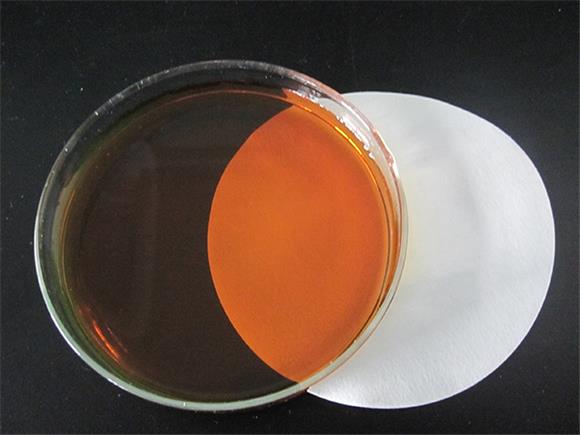
News
ਦਸੰ. . 10, 2024 14:25 Back to list
a polymer of amino acid
Understanding Polymers of Amino Acids The Building Blocks of Life
Amino acids are the fundamental building blocks of proteins, which are essential macromolecules in all living organisms. When amino acids link together through peptide bonds, they form polymers—these large, complex structures play crucial roles in biological processes and are often referred to as polypeptides or proteins depending on their length and structure. In this article, we will explore the significance of amino acid polymers, their structure, functions, and the implications of their diversity in biological systems.
The Structure of Amino Acid Polymers
Amino acids consist of an amine group (–NH2), a carboxylic acid group (–COOH), and a distinctive side chain (denoted as “R”) that varies among different amino acids. The sequence and composition of these amino acids determine the unique characteristics of the resulting polymer. When amino acids polymerize, they undergo a dehydration reaction, releasing water molecules and forming peptide bonds between the carboxyl group of one amino acid and the amine group of another. This process can continue to form long chains of amino acids—sometimes consisting of hundreds or thousands of such units—resulting in polypeptides and proteins.
The sequence of amino acids in a polymer is critical. For instance, hemoglobin, a protein responsible for oxygen transport in the blood, consists of 574 amino acids arranged in a specific sequence essential for its function. Even a single change in this sequence can lead to significant alterations in protein function, exemplified by conditions like sickle cell anemia.
Functions of Amino Acid Polymers
Polymers of amino acids serve myriad functions in living organisms
. Proteins participate in virtually every biological reaction and perform crucial roles, including1. Enzymatic Activity Many proteins are enzymes that catalyze biochemical reactions, speeding up processes essential for life. For example, digestive enzymes break down food into absorbable units.
2. Structural Support Proteins provide structural integrity to cells and tissues. Collagen, found in connective tissues, skin, and bones, is a prime example of a structural protein.
a polymer of amino acid

3. Transport and Storage Proteins can transport molecules across cell membranes or store essential ions and nutrients. Ferritin, a protein that stores iron, is vital for maintaining iron homeostasis in the body.
4. Signaling Some proteins act as hormones and signaling molecules, helping coordinate complex biological processes. Insulin, for instance, regulates glucose levels in the blood.
5. Defense Mechanisms Antibodies are proteins that play a crucial role in the immune system, identifying and neutralizing pathogens like viruses and bacteria.
Diversity in Amino Acid Polymers
The diversity of amino acid sequences leads to an enormous variety of proteins, each with unique functions and characteristics. There are 20 standard amino acids encoded by DNA, allowing for the formation of countless combinations. This genetic code is responsible for creating proteins with specific sequences tailored to the needs of various organisms.
Additionally, post-translational modifications (such as phosphorylation and glycosylation) can further diversify protein functions and activities. These modifications can influence a protein's stability, activity, and interaction with other molecules, allowing a single protein to perform multiple functions depending on the cellular context.
Conclusion
Amino acid polymers are a cornerstone of biological systems, providing the necessary complexity and specificity for life. Their unique sequences and structural diversity enable proteins to fulfill a vast range of roles in living organisms, from catalyzing biochemical reactions to providing structural support. Understanding the intricacies of these polymers not only sheds light on the fundamental processes of life but also offers potential avenues for biotechnological advancements and therapeutic interventions. As research continues to unveil the mysteries of protein structure and function, we can appreciate the elegance and importance of amino acid polymers in the tapestry of life.
-
Polyaspartic Acid Salts in Agricultural Fertilizers: A Sustainable Solution
NewsJul.21,2025
-
OEM Chelating Agent Preservative Supplier & Manufacturer High-Quality Customized Solutions
NewsJul.08,2025
-
OEM Potassium Chelating Agent Manufacturer - Custom Potassium Oxalate & Citrate Solutions
NewsJul.08,2025
-
OEM Pentasodium DTPA Chelating Agent Supplier & Manufacturer High Purity & Cost-Effective Solutions
NewsJul.08,2025
-
High-Efficiency Chelated Trace Elements Fertilizer Bulk Supplier & Manufacturer Quotes
NewsJul.07,2025
-
High Quality K Formation for a Chelating Agent – Reliable Manufacturer & Supplier
NewsJul.07,2025
